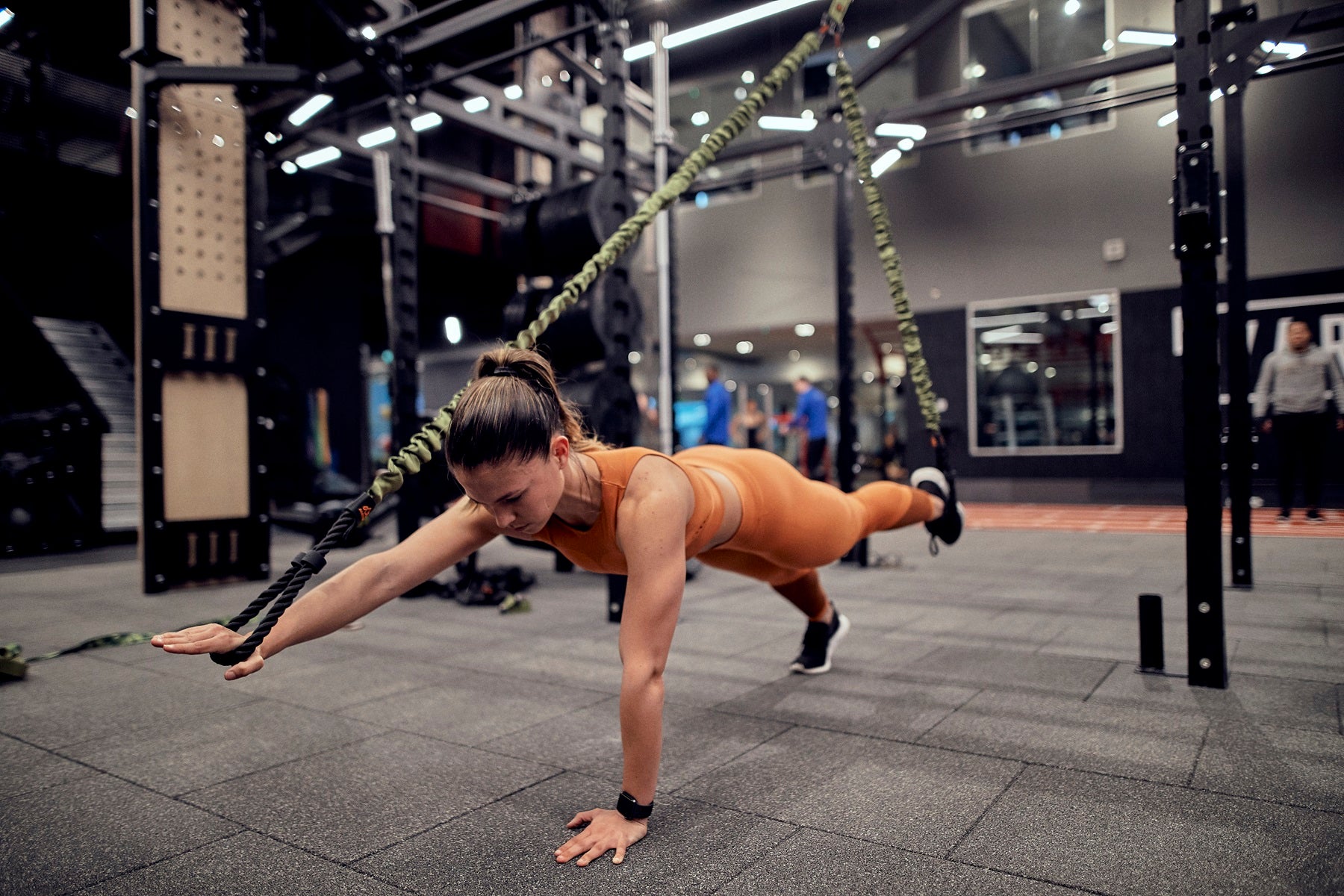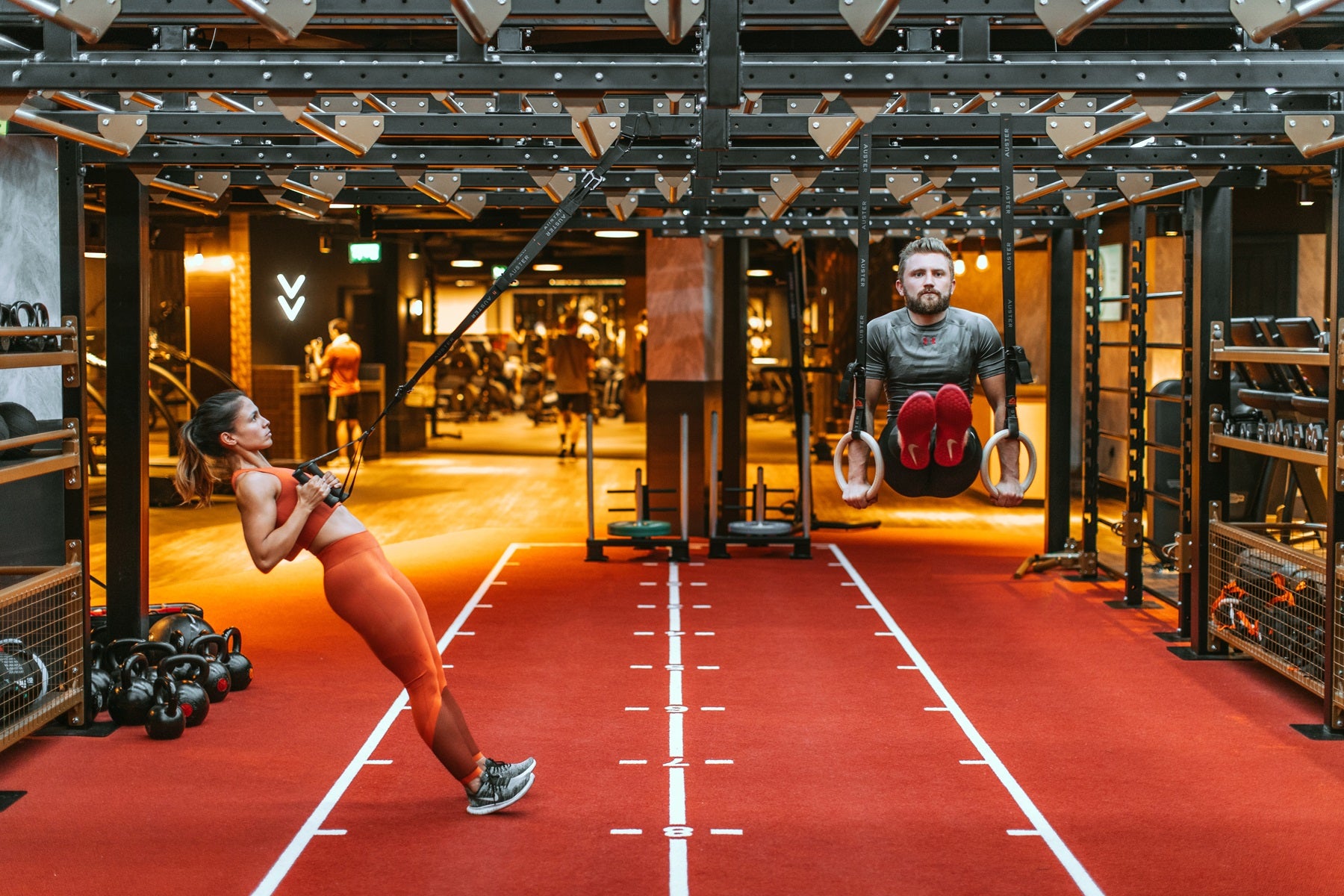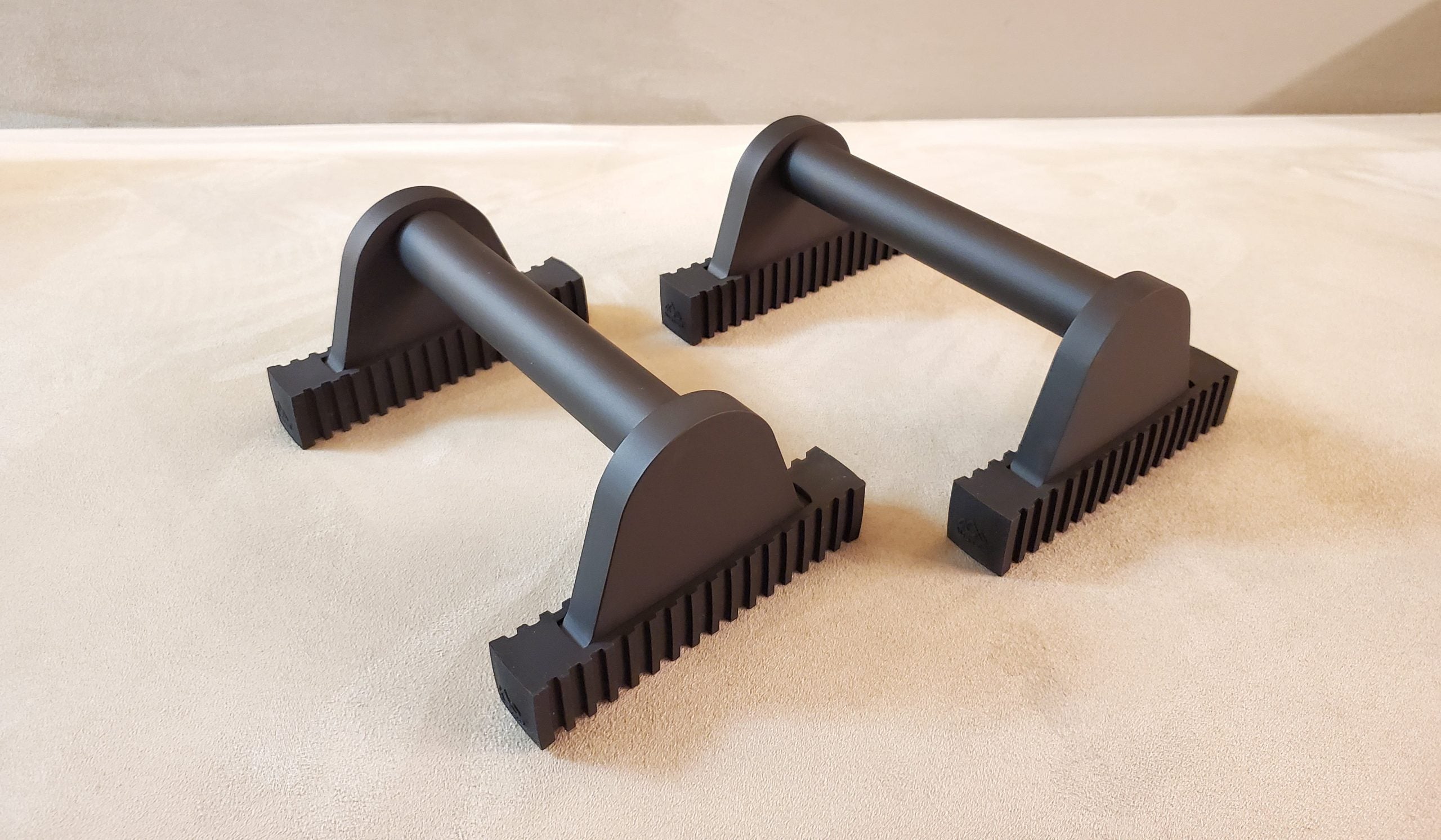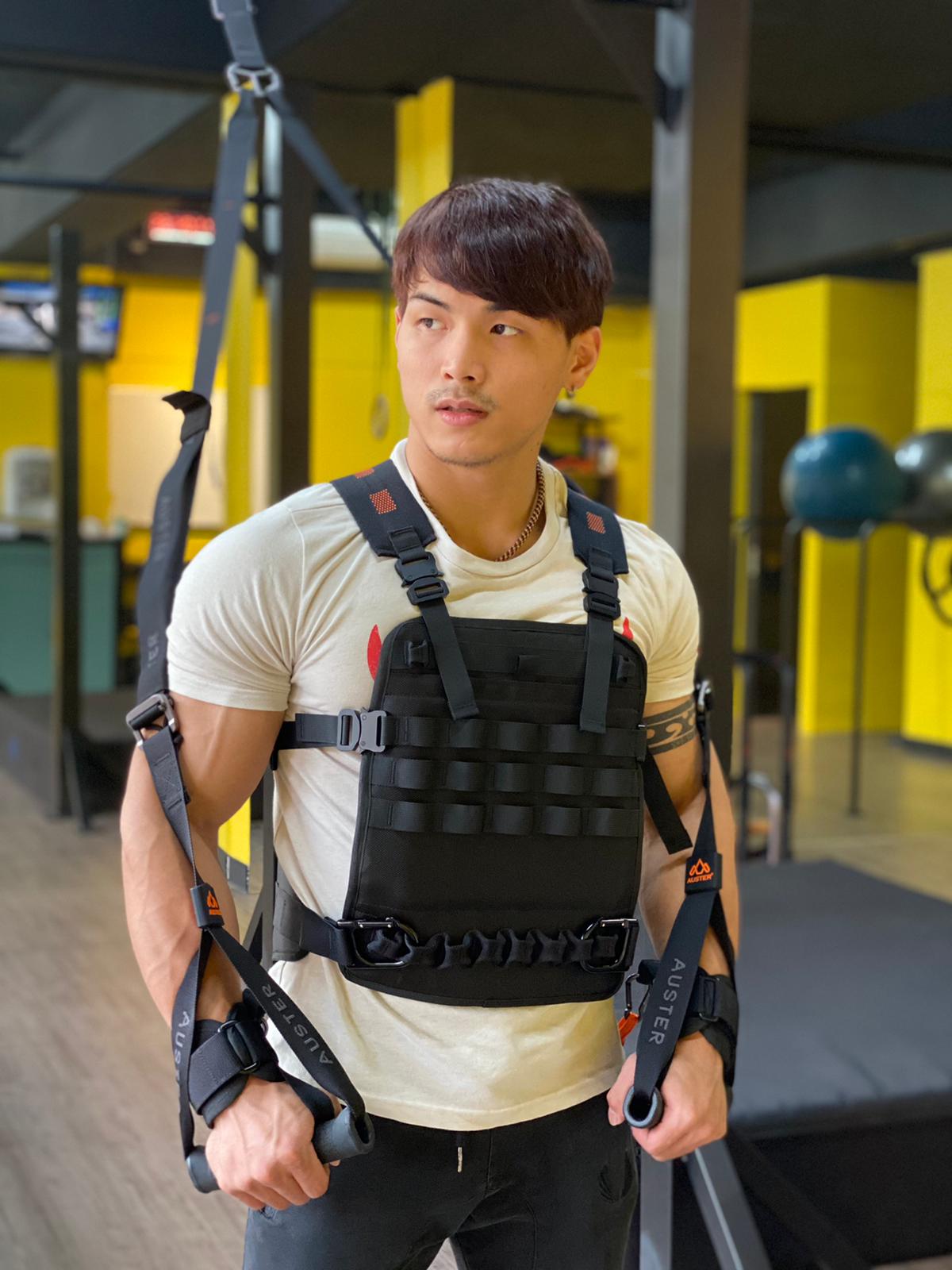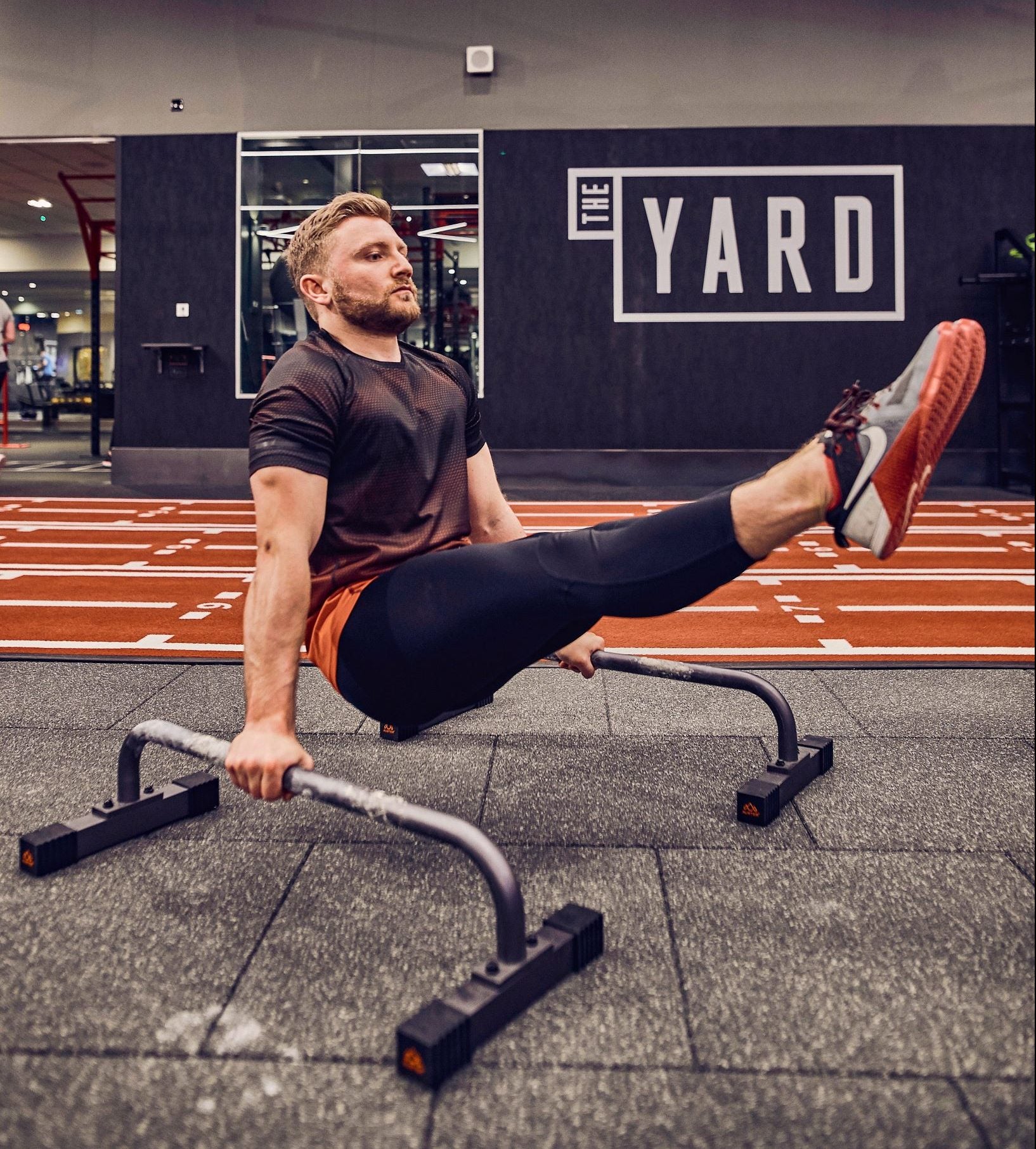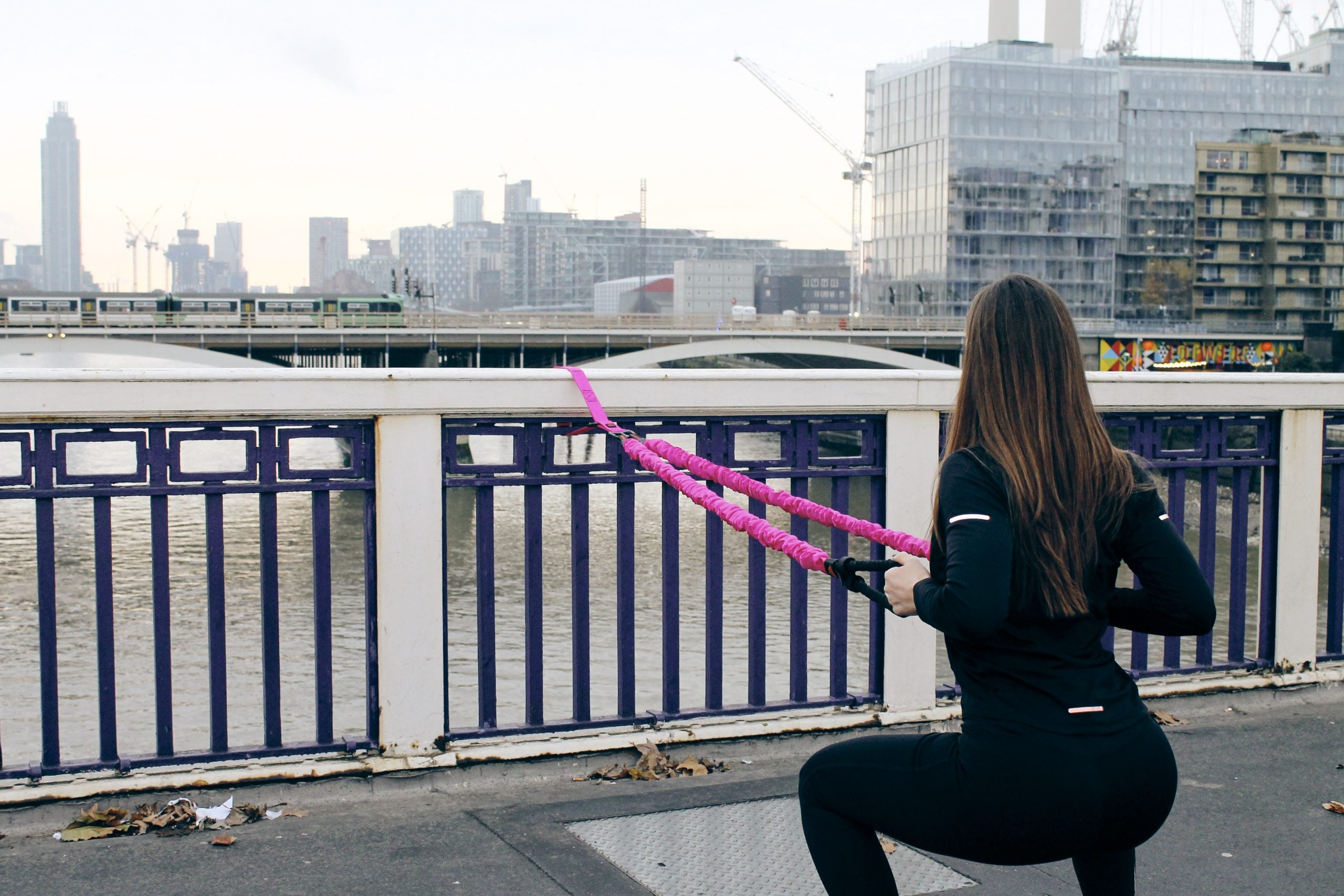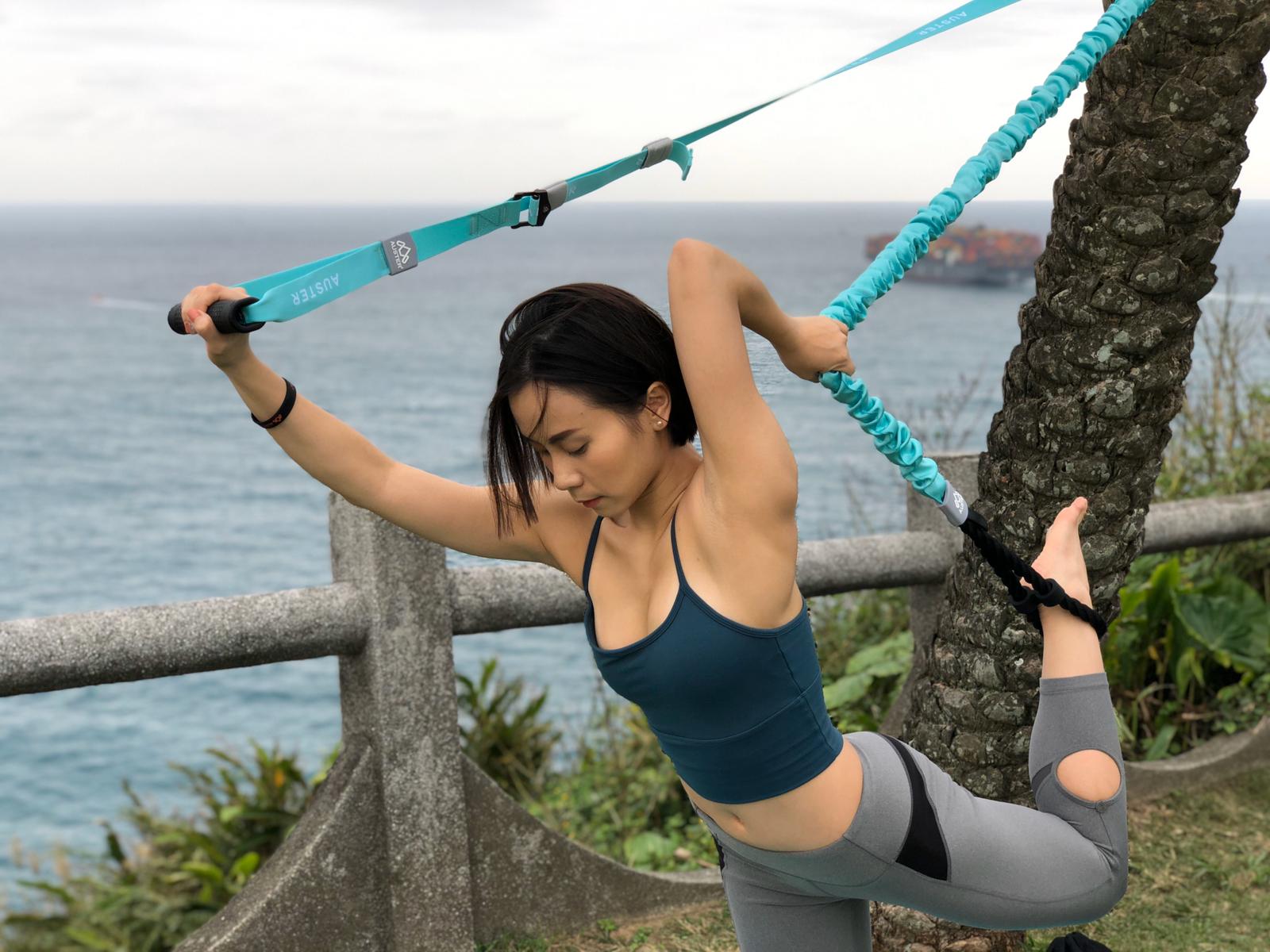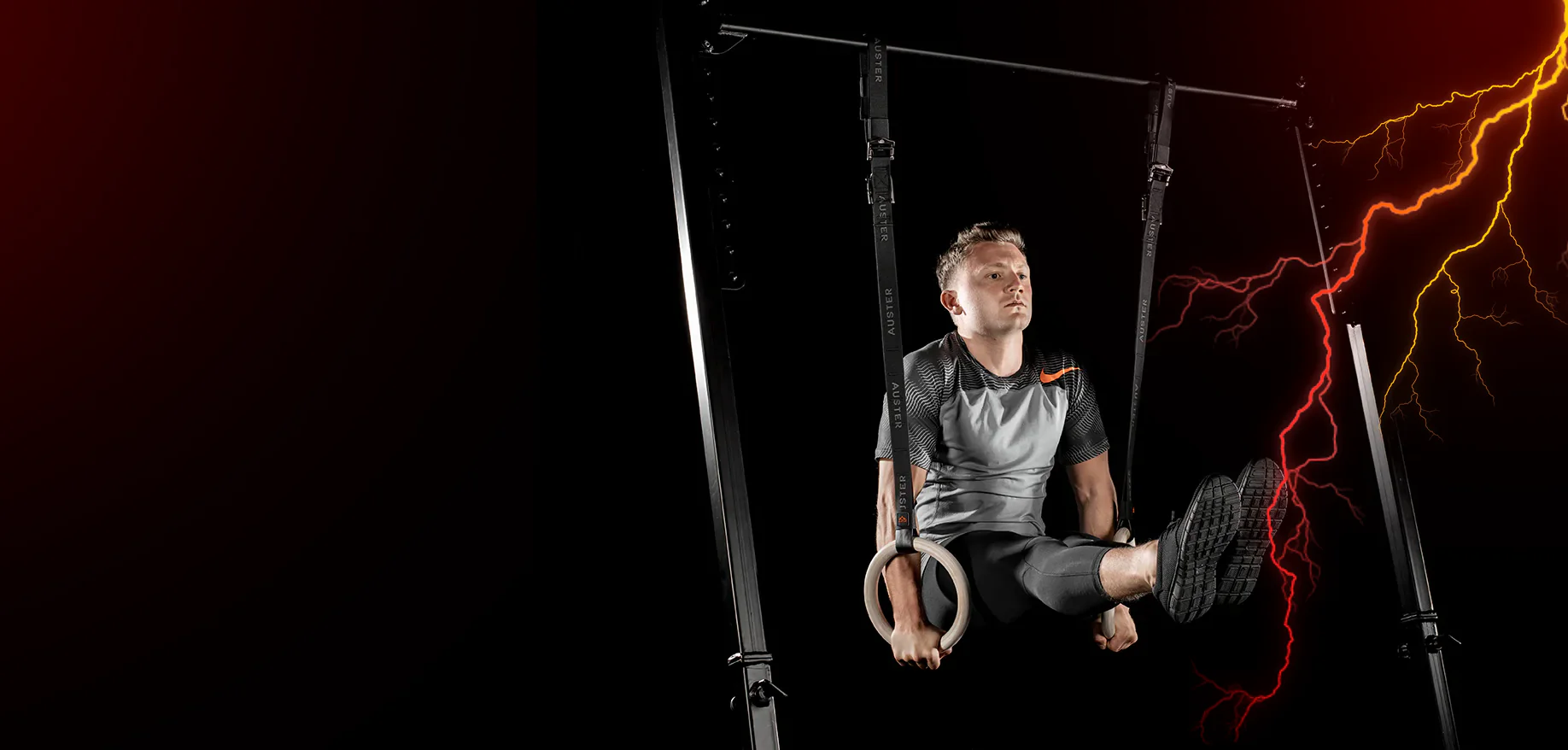
5 Best Gymnastic Rings Exercises for Beginners (Get Started with Auster Fitness)
Gymnastic rings are one of the most versatile and effective tools for building functional strength, stability, and coordination - all with just your bodyweight. At Auster Fitness, we believe in training with purpose. Whether you're working out at home, in the park, or at the gym, our high-performance bodyweight systems are designed to move with you.
If you’re new to rings, don’t worry, we’ve got you. Here are 5 beginner-friendly gymnastic ring exercises to help you build strength, improve mobility, and gain confidence.
1. Ring Row
Why It’s Great for Beginners:
The ring row is a foundational pulling movement that strengthens your back, arms, and core—while being easier than a pull-up.
How to Do It:
- Adjust your Auster rings to about waist height.
- Grab the rings and lean back until your body is at an angle (the steeper the angle, the harder it is).
- Keep your body straight as you pull your chest to the rings.
- Lower with control and repeat.
Tip: Squeeze your shoulder blades together at the top for max benefit.

2. Ring Push-Up
Why It’s Great for Beginners:
Ring push-ups fire up your stabilisers and core, offering a more challenging twist on the classic floor push-up.
How to Do It:
- Set your rings a few inches off the ground.
- Grab the rings and get into a plank position with arms extended.
- Lower your chest between the rings, keeping elbows at a 45-degree angle.
- Push back to start while keeping the rings stable.
Tip: Don’t let the rings flare out, keep them close for better control and muscle activation.

3. Ring Support Hold
Why It’s Great for Beginners:
This isometric hold builds strength in your shoulders, triceps, and core - plus it teaches control and body awareness.
How to Do It:
- Set the rings to about hip height.
- Jump or push yourself up until your arms are fully extended and locked out.
- Keep your body tight, chest up, and rings close to your sides.
- Hold for 10-20 seconds to start.
Tip: Aim to hold longer over time. Stay steady - no wobbling!

4. Ring Fallouts (Ab Rollout Alternative)
Why It’s Great for Beginners:
This dynamic core movement mimics an ab rollout, but with added instability from the rings for serious core engagement.
How to Do It:
- Set your rings to waist height.
- Kneel and hold the rings in front of you.
- Slowly lean forward as you extend your arms out in front of you.
- Go as far as you can while maintaining a tight core, then pull yourself back.
Tip: Start with a small range of motion and increase as your core strength improves.

5. Ring Bicep Curl & Tricep Extensions
Why It’s Great for Beginners:
These movement isolates the biceps and triceps using your own bodyweight - no dumbbells needed, ensuring you build up sufficient arm strength and conditioning for future exercises
How to do Bicep Curls:
- Set the rings to chest height.
- Lean back while holding the rings, palms facing up.
- Curl your hands toward your forehead, keeping your elbows high.
- Slowly extend your arms and repeat.
How to do Tricep Extensions
- Set the rings to chest height.
- Lean forward while holding the rings to your head, palms facing away.
- Extend your arms until they are straight, squeezing the triceps
- Slowly bring your arms back to your forehead and repeat.
- To make it harder, lower the rings and lean further forward
Tip: Keep tension in your arms throughout the movement. Go slow—this one burns!
Final Thoughts
Training on gymnastic rings is humbling, but incredibly rewarding. Start with these five exercises to lay the foundation, and you’ll be amazed at how quickly your strength, stability, and confidence grow.
At Auster Fitness, we design equipment that adapts to your life. Whether you're training for strength, endurance, or skill - your journey starts here. Shop our premium suspension training kits and unlock your potential.
Train Anywhere. Train with Purpose. Train with Auster.

